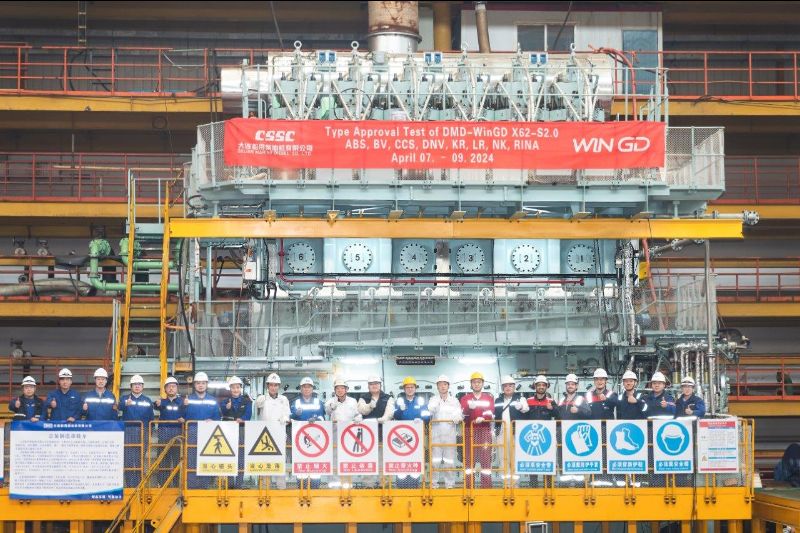Jones Act Case Study: Andrew Cunningham v Interlake Steamship Co.
Case Name: Andrew Cunningham v Interlake Steamship Co.
Date of Judgment: 2nd June 2009
Court: 6th Circuit – U.S. Court of Appeals
Judge: Circuit Judges Daughtrey, Clay, & McKeague
Citation: 2009 WL 1515497 (C.A.6 (Ohio))
Background: This appeal presented a question of first impression in this circuit concerning the timeliness of a seaman’s suit for maintenance and cure.
The plaintiff, Andrew Cunningham, injured his back on July 10, 1998, while serving as a crewman aboard a ship owned by the defendant, Interlake Steamship Company (“Interlake”). Cunningham filed suit for maintenance and cure, as well as for harm caused by Interlake’s negligence and the ship’s unseaworthiness.
The district court granted summary judgment to Interlake, concluding the negligence and unseaworthiness claims were untimely and that the claim for recovery of maintenance and cure, although timely, could not be sustained because Interlake had discharged its obligation toward Cunningham. Cunningham appealed the summary judgment.
Issue: Whether the Court will affirm or reverse the lower court’s decision to grant summary judgment on the issues of (1) maintenance and cure; (2) unseaworthiness; and (3) negligence; and what the Court will decide concerning the timeliness of a seaman’s suit for maintenance and cure.
Held:
The negligence claim was brought under the Jones Act and was subject to the Act’s three-year statute of limitations. Because injured seaman must file actions alleging unseaworthiness under general maritime law at the same time as claims of negligence under the Jones Act, the Supreme Court has held that the Jones Act’s three-year statute also applied to unseaworthiness claims (McAllister v Magnolia Petroleum Co., 357 U.S. 221).
Thus, when Cunningham filed this action in federal court on July 7, 2006, almost eight years had elapsed since the date of his injury. Cunningham argued that the statute of limitations was tolled by the Ohio savings statute.
However, the statute of limitations for claims of negligence and unseaworthiness was based on the Federal Employers’ Liability Act. Thus, the district court properly refused to apply the Ohio savings statute to toll the statute of limitations on Cunningham’s claims of negligence and unseaworthiness.
The three-year statute of limitations for maritime tort actions does not apply to an action for maintenance and cure. However, this Court noted that the three-year statute of limitations can be applied when it arose out of the same personal injury underlying a plaintiff’s negligence and unseaworthiness claims. Thus, this Court applied the three-year statute of limitations to Cunningham’s maintenance and cure claim.
Because more than three years had passed between Cunningham’s injury and his filing in federal court, he had the burden of proving that he was diligent, and that Interlake was not prejudiced by his delay. Cunningham met his burden, and therefore, the district court did not abuse its discretion in finding that Interlake was not prejudiced by Cunningham’s delay in filing.
Finally, the Court determined that Cunningham failed to raise a genuine issue of material fact concerning the causal connection between his back injury and his later medical problems. Thus, there was no error in the district court’s granting summary judgment to Interlake on the claim for maintenance and cure.
Comments:
When originally enacted, the Jones Act did not contain a statute of limitations, but instead incorporated the limitations period provided by the Federal Employers’ Liability Act (“FELA”).
In Burnett v New York Central Reynolds & Reynolds Co., 380 U.S. 424, the Supreme Court held that in order to promote national uniformity, the three-year statute of limitations in FELA cannot encompass a state’s savings state.
The three-year statute of limitations for maritime tort actions does not usually apply to an action for maintenance and cure. This is because the shipowner’s duty arises regardless of fault and whether or not employment on the ship actually caused the seaman’s injury. There are some exceptions, as seen by the Court’s decision in this case.
Steve Gordon
http://www.offshorinjuries.com

Subscribe for Daily Maritime Insights
Sign up for gCaptain’s newsletter and never miss an update
— trusted by our 109,118 members

Get The Industry’s Go-To News
Subscribe to gCaptain Daily and stay informed with the latest global maritime and offshore news

 Join The Club
Join The Club








